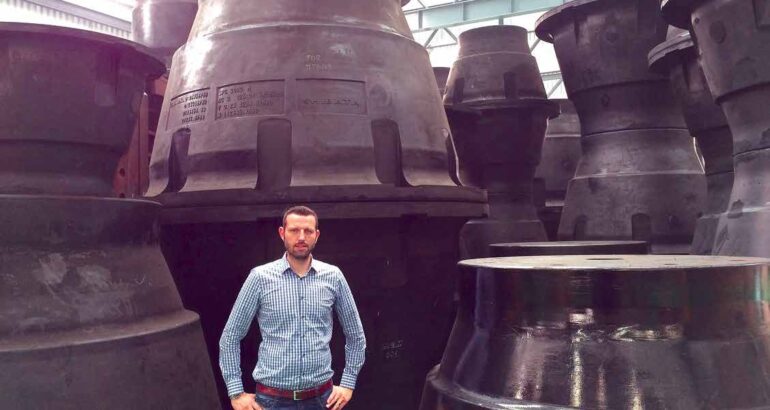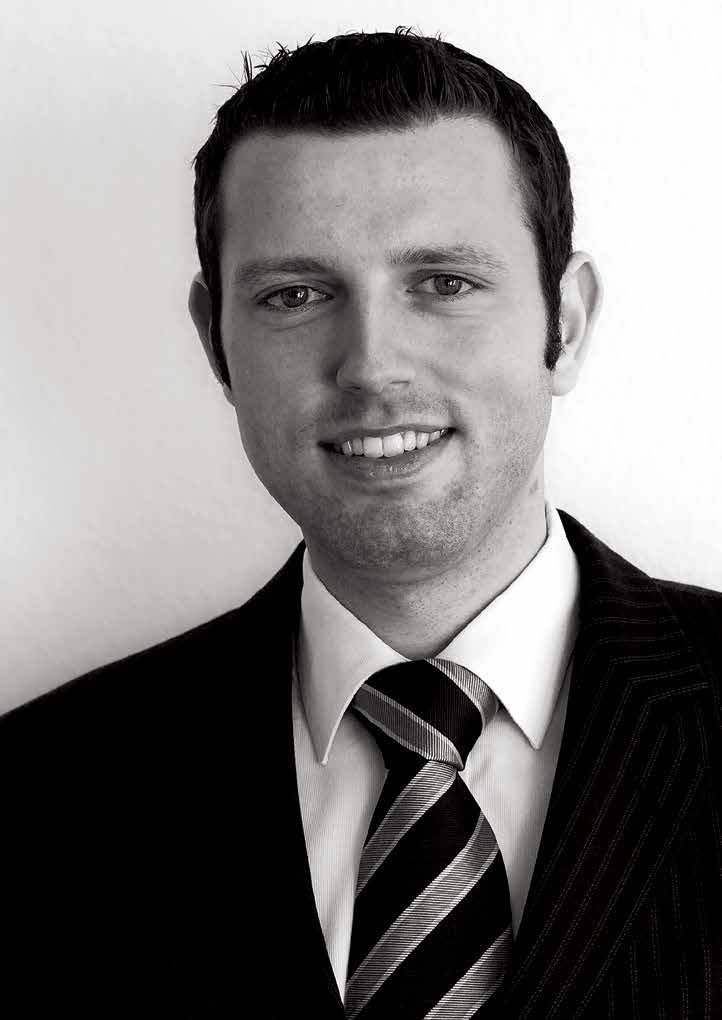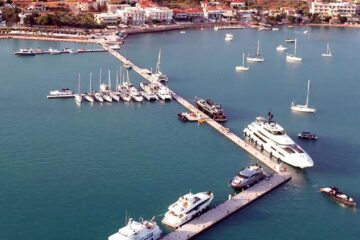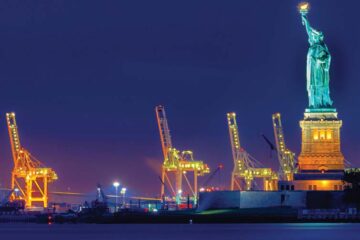By Warren Miller
ShibataFenderTeam is one of the leading manufacturers of fenders for ports and other marine purposes. Its business is almost entirely custom work—fenders designed for unique harbors and applications, and largely manufactured in-house.
But what may be most unique about ShibataFenderTeam itself is how compact the staff is for an enterprise that not only ships product around the world, but designs and interfaces with customers around the world, as well.
The smooth functioning of a small yet capable team that is spread around the world is the direct purview of its president—CEO, board member and co-founder Dominique Polte.
What was your background? You’re in a field that has a strong emphasis on engineering, yet you’re not an engineer.
My background is business administration, so I’m more on the commercial side. I started in the fender industry right after university. The first year was with our competitor, but by the end of 2006, several of us at that company decided to start our own company. Fender Team became operational in 2007, which is when I joined. Back then, there were three or four people in the office.
How did Shibata become part of “Fender Team”?
We worked with Shibata from day one. Shibata Industrial Japan has been around for almost 100 years, and they have a proven track record with fenders since the 1960s. They now are the majority shareholder in our company, which is why we combined the names. In 2015, we combined the operations, taking over responsibility for Asia and Australia. The brand name Shibata was very well established in those markets, so it made sense to combine them. In South and North America, you can still find Shibata installations, but they’re mostly from the 1970s through the 1990s.
Why did you form your own company?
My partners and I wanted to go in a different direction. We wanted to deploy a different strategy and approach to the market. It’s a customer-oriented, holistic strategy. We’re very close to the client and follow up regularly with the people on the project. Some companies quote a price, then lean back and wait for the order, but that’s not how it works. You have to be with the client, be available, be reliable and take care of things. We’re in the construction industry, which means there’s always an issue somewhere. And if there’s an issue, we take care of it and fix it. That’s one of the aspects that differentiates us from others in the industry.
How do you run a global company with a small staff?
Well, there are only two global companies, one of which is us, and the global market for fenders is not that big, maybe $200 million annually. That’s why we can cover so much ground with just a few people.
Take South America, for example. In Chile, we supplied fenders to virtually all the port development over the past 10 years. These fenders have a service life of 15 to 20 years, which means there’s not much business after you sell a fender project. There’s spare parts here and there, but nothing major. Then there was a lot development in Colombia, and now other regions are popping up. That’s why you can cover a lot of ground with a few people. It also depends on the industry. The cruise ship industry has been down the last year and a half because of Covid, but in the States, LNG projects have picked up because the U.S. needs terminals to export product.
The point is, you have certain cycles in activity, per country, per business, per type of terminal. There’s always a port being built somewhere.
“You have to be with the client, be available, be reliable and take care of things. We’re in the construction industry, which means there’s always an issue somewhere. And if there’s an issue, we take care of it and fix it.”
What do you focus on in your role with the company?
I’m one of the owners, and on the board, so I do look at everything. But my main focus is on sales, marketing and engineering. I travel a lot to meet with clients, as well to see our manufacturing facilities, and other operations we have around the globe on a regular basis.
Does ShibataFenderTeam come up with rubber products that might have other uses outside of fenders?
Not really. We focus on our core business at the SFT Group. Shibata Industrial Japan, on the other hand, offers a wide range of rubber-related products. Fenders are something we know and are really good in. We’d rather do something right than do a different product where we’re not 100-percent in on it. Our focus on fenders is one of our strengths. If you diversify and look into other products, you lose the focus on your core business.
Rubber fenders are an industry where innovation is limited. The interesting part comes with the engineering and design of the systems. That’s where the challenge comes. All the fender systems are made to order. The rubber units are pretty much standard, but the engineering is for the overall system, and this is why we call what we do a holistic approach. If you don’t have a well-defined system, it won’t work.
My go-to example is a dinner recipe. You can buy the best ingredients, but if your recipe is wrong, the dinner won’t taste good. This is the same with a fender system. You can have quality parts, but if the design is wrong, your system will fail. People often focus on the rubber unit only, which is an important part, but the rubber unit only works if the overall system is well-defined.
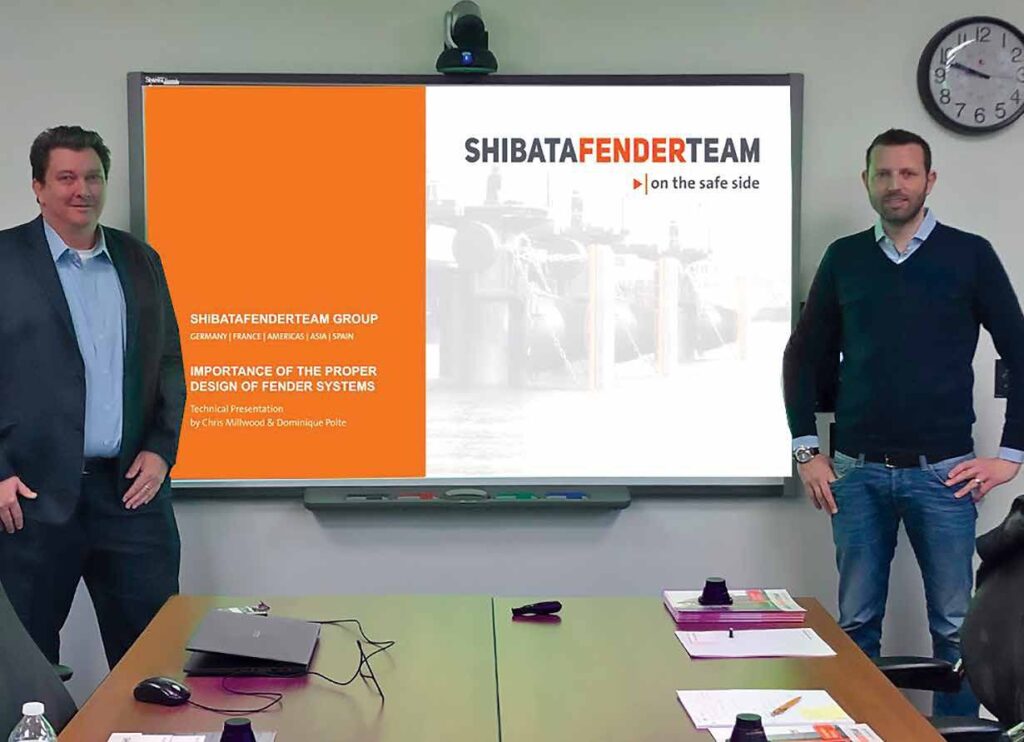
Where will ShibataFenderTeam’s growth come from?
The main growth areas still are South America and Asia. Europe is pretty saturated. There are always new projects, but you don’t have the growth rates of other markets. The U.S. is unique. There’s always a good amount of activity, but the projects often are upgrading or refurbishing projects. So any stimulus money that is introduced into the market will be beneficial, because that will go into infrastructure. The prediction now is that about $17 billion will be set aside for ports and harbors, and a good chunk of that will go to fenders.
One issue is there may be “buy American” requirements, because some of the materials, like the rubber units, are not made in the U.S. They have to come from some foreign country. There’s no way around it. Other components—like steel panels, for example— we would have made in the U.S.
Then the cost is another huge issue. U.S.-made steel, compared to steel made in Europe, is at least double the price, which amazes me.
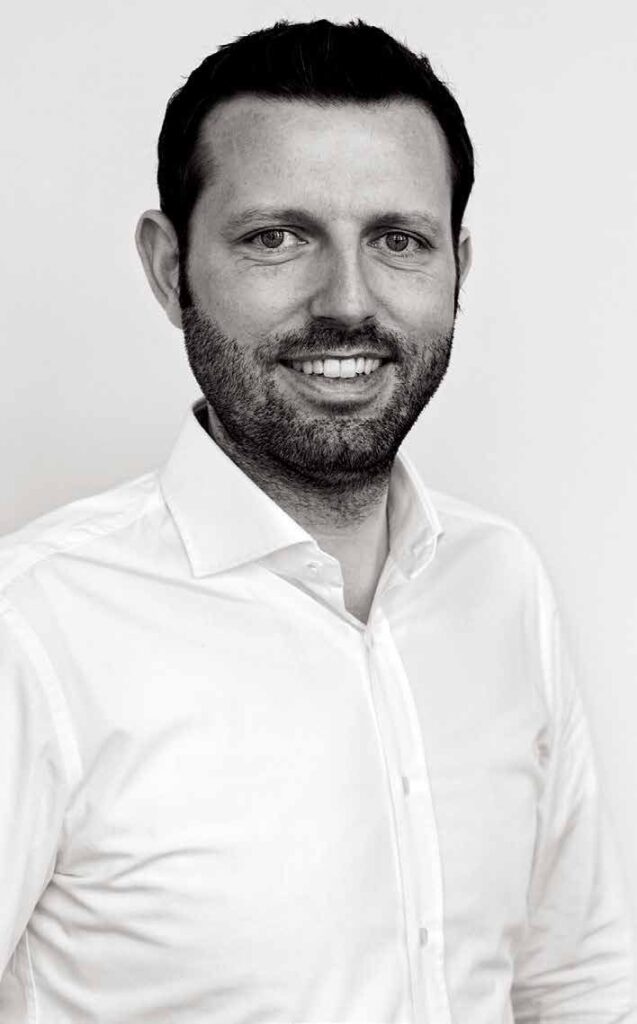
We have our own production in Germany, Malaysia and Japan, which is where many of our components come from. We have a production partner in the U.S. for a certain fender type, and for steel components in the U.S., we have external partners we’re working with.
We make our rubber components in-house. We have the ability to produce almost everything in-house, but to meet the demands of the market, we also have strategic production partners around the globe, mainly on the steel side.
Where do you see yourself in 10 years?
We will continue to grow the company. My job is to make sure that the company is organized and running well. The organization and the people in it are the backbone of the company. My focus is to make sure that we have the right people in the right places, and that we have an organization that is well set up for the future. We need to have young people growing within the organization, because when we look into the future, we have partners in the company getting closer to retirement age. We want to continue growing the company and establishing our market position and brand awareness. There’s still more potential to grow the business.
“My go-to example is a dinner recipe. You can buy the best ingredients, but if your recipe is wrong, the dinner won’t taste good. This is the same with a fender system. You can have quality parts, but if the design is wrong, your system will fail.”
Republished from Marine Construction Magazine Issue V, 2022






